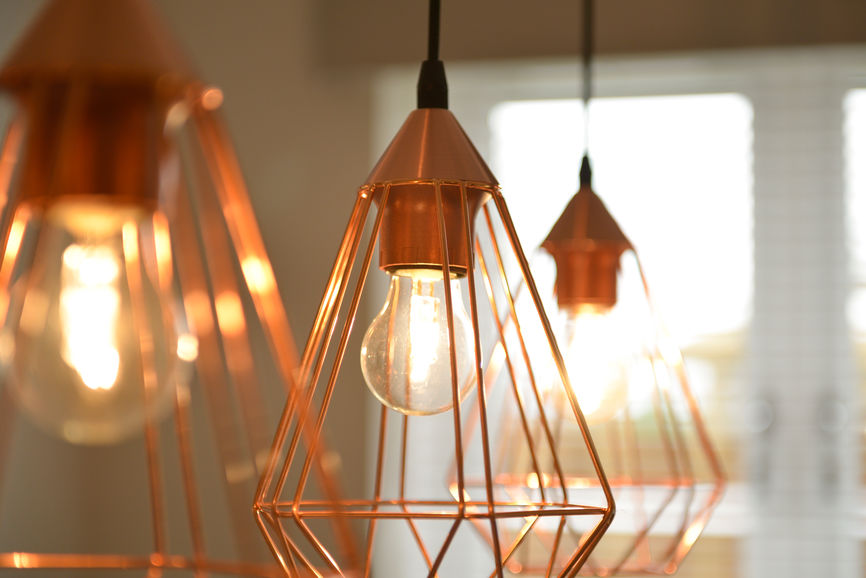19 July 2019
By portermathewsblog
via news.com.au
The world’s biggest, heaviest gold coin was made here in Australia but it’s been sent to the Big Apple for a day.

The world’s biggest coin was crafted in Australia. Picture: Twitter/Perth MintSource:Twitter
The world’s biggest, heaviest gold coin, which was crafted by the Perth Mint, has been delivered to the New York Stock Exchange to promote physical Australian gold being made available to US investors.
The colossal one tonne gold coin is 99.99 per cent pure gold and measures 80cm wide and 13cm deep.

It is recognised by Guinness World Records as the largest coin ever created.
It was worth $A50 million when it was cast in 2012 but its value has risen to more than $A60 million given the soaring price of the precious metal, which recently has been hitting all-time highs of more than $2,000 an ounce against the Aussie.

The coin is being displayed outside the stock exchange on Wall Street to mark the official launch of the Perth Mint Physical Gold Exchange Traded Fund, which will trade under the code AAAU from tonight.
Perth Mint chief executive Richard Hayes will ring the bell to signal the end of the trading day.
“Every AAAU share is backed by physical gold stored in our central bank-grade vaulting facilities in Perth, so at any time investors may choose to exchange part or their entire holdings for a delivery of physical gold to their door,” he said.

Its inscription reads: AUSTRALIAN KANGAROO 1 TONNE 9999 GOLD and the year-date 2012.
The other side of the coin portrays the Ian Rank-Broadley effigy of Queen Elizabeth II and the monetary denomination of one million dollars.
“The colossal coin is a magnificent Australian icon symbolising one of the Mint’s most extraordinary accomplishments since it was established in 1899,” the Mint’s website states.
The coin was issued as legal tender under the Australian Currency Act 1965.
Prior to the coin’s visit to the NYSE, it made an exclusive trip across Europe and Asia in 2014 and has mostly been housed at the Mint’s Gold Exhibition.
Comments (0)
09 July 2019
By portermathewsblog
via domain.com.au
 The homes of the future will be reliant on voice-activated technology, making your ordinary remote control obsolete. Photo: Stocksy
The homes of the future will be reliant on voice-activated technology, making your ordinary remote control obsolete. Photo: Stocksy
What will our homes look like in the future? It’s tempting to daydream about robots and self-driving cars, but the next 10 to 20 years will probably look much the same as they do now, with a few more conveniences.
Walkley Award-winning author and broadcaster Antony Funnell, who hosts the ABC podcast Future Tense, predicts that the electricity grid as we know it will shrink, while our reliance on renewable energies will undoubtedly grow. Meanwhile, many of the things we currently consider niche will soon be used by every household.
Here are the biggest predictions from Funnell for home life in 2030 and beyond.
Say goodbye to light switches
The homes of the future will be reliant on voice-activated technology, making your ordinary remote control obsolete. Your entertainment systems, airconditioning and light switches will be able to turn themselves on and off at the sound of your voice. Love them or hate them but Siri and her pal Alexa will only grow in use.
 Love them or hate them but Siri and her pal Alexa will only grow in use. Photo: Stocksy
Love them or hate them but Siri and her pal Alexa will only grow in use. Photo: Stocksy
And … your television
“The days of everyone in the family sitting around a television screen are disappearing,” says Funnell. But that’s not because we’re giving up on our entertainment. Tablets, iPhones and laptops will be how we view our shows, putting an end to communal watching – at least within the home.
“The idea that they’ll be a big television screen in the middle of the room with the family focused on it, those days are over,” says Funnell.
Which will have a knock-on effect on design. “With the central TV disappearing, you’re going to see a trend toward more ‘breakout’ spaces for people, places, or nooks, where, if you want to watch the last episode of Game of Thrones, you can go away with your laptop in a room that isn’t necessarily your bedroom, but it’s not the lounge room either.”
Say hello to smart toilets
Funnell believes that toilets in the next 20 years will do more than function as a place to look at your phone. Toilets of the future will be able to weigh you, measure your vitals, such as blood sugar and blood pressure and provide feedback on what you’ve been eating. Yes, that’s right – future toilets will be able to examine your waste.
 With the central TV disappearing, you’re going to see a trend toward more ‘breakout’ spaces for people. Photo: Stocksy
With the central TV disappearing, you’re going to see a trend toward more ‘breakout’ spaces for people. Photo: Stocksy
Layout
We’re already experiencing it now, but the next 10 years will see a big move toward open-plan design. No more separate rooms, instead you can expect your cooking area to flow out into your eating area and on into your backyard. And, with more technology allowing people to work from home, that backyard is going to become your new office.
“The need for a study or home office came out of a need for fixed technology – fixed phone, fixed fax, fixed computer. But with the mobility of phones and tablets, the need for a home office is gone,” says Funnell, who adds that people will now sit in their backyards or living rooms to do work.
Bigger houses
The idea that were all going to be living in tiny flat-pack houses is incorrect, says Funnell. “Researchers have found that there aren’t that many, despite the hype, and that people use them as a stepping stone to get into the housing market. They’re not really motivated by environmental issues either.”
Instead, Funnell predicts that the backlash to high-density apartment living in the inner city will lead to an exodus.
“We’re used to the narrative that the way our urban cities work is that everyone wants to live in the city centres. But it wasn’t that way after World War II,” says Funnell.
“After World War II, everyone was moving out and we had the growth of all suburbs. It’s not unreasonable to think that in the next 10 or 20 years we will have a premium put on suburbs again – liveable suburbs where people feel they can spread out a bit, where there’s bushland.”
 The next 10 to 20 years will probably look much the same as they do now, with a few more conveniences. Photo: iStock
The next 10 to 20 years will probably look much the same as they do now, with a few more conveniences. Photo: iStock
Part of this backlash will be people who are sick of cramped spaces and looking in on their neighbours, and part of it will be about more people working from home.
But, cautions Funnell, it will only really be an option for those who have the money to do so, as the current housing market will lock ordinary people out of the trend.
”The move out of the inner city will only be for those who can afford to make the change. And that will just exacerbate inequality. For those at the bottom of the socio-economic scale, the future will be densely packed inner-city unit towers, because they have no choice.”
The one silver lining is that these big houses will likely be built with sustainability in mind. Funnell predicts that plastics, in particular, will be re-purposed into building materials.
But the idea that we will have fully functioning, environmentally friendly homes and self-driving cars in the next decade is a tad ambitious.
“Much of what we have in our houses now has been around since the last century, just with added modifications. Human nature doesn’t change all that much.”
Comments (0)